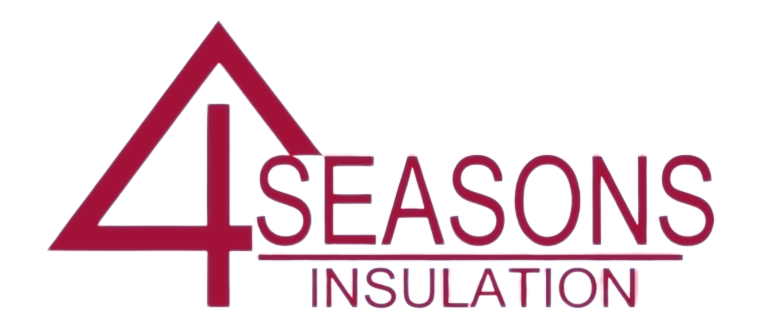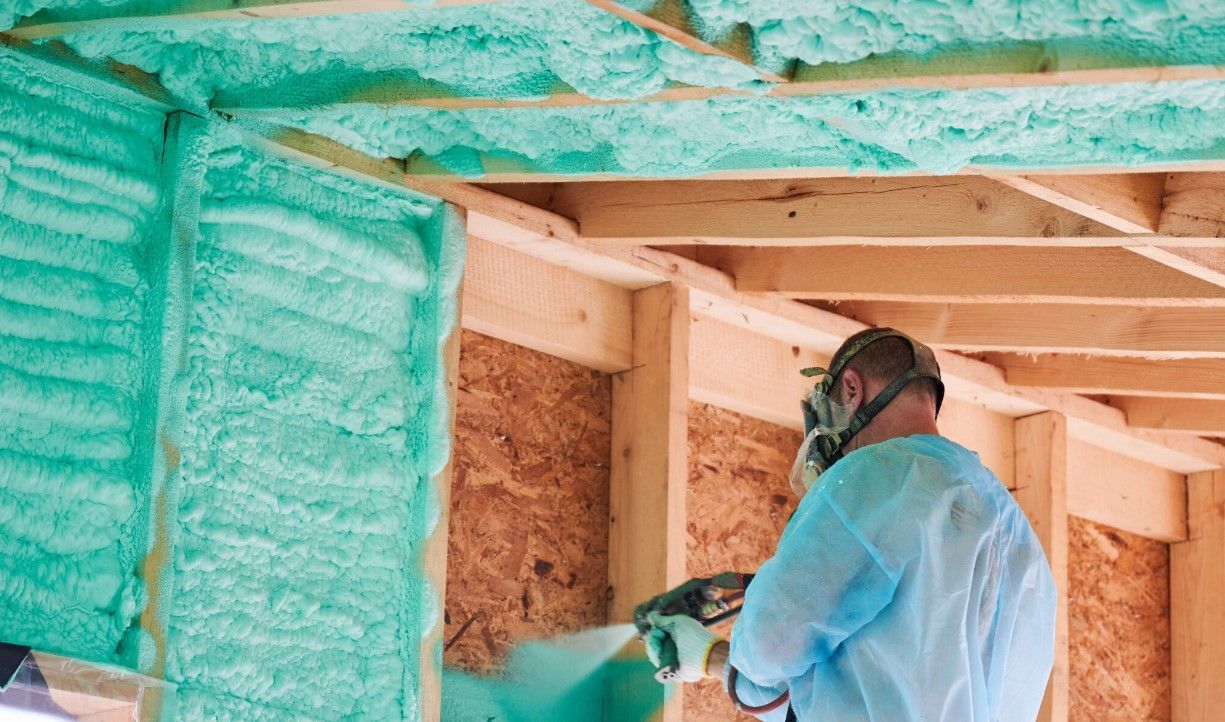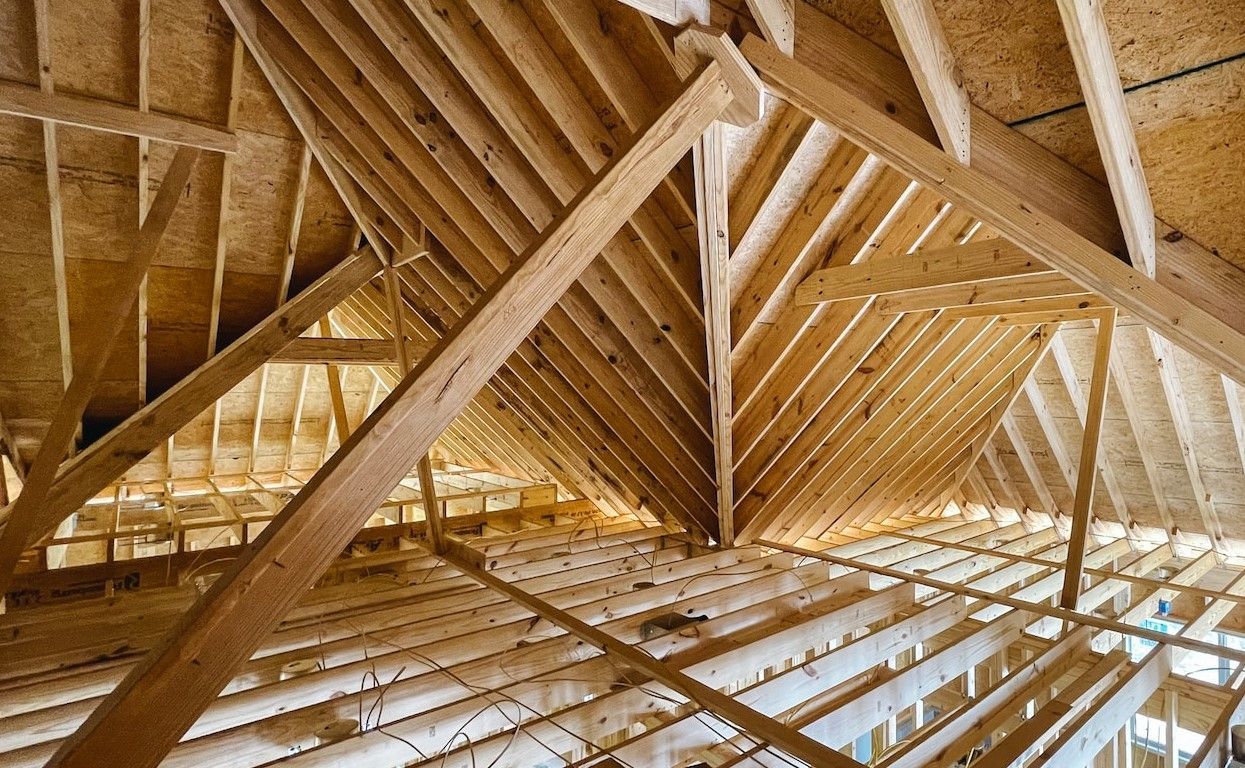Blog
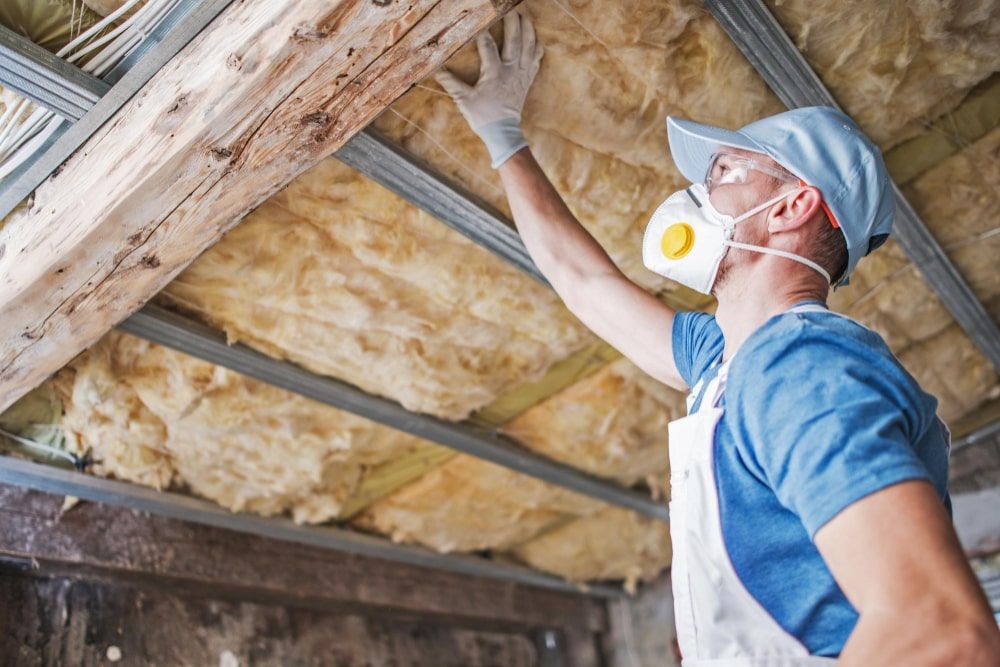
Indoor air quality (IAQ) plays a crucial role in the health and comfort of your home. In a place like Yukon, OK, where weather conditions range from hot summers to chilly winters, maintaining good IAQ can be challenging. Fortunately, spray foam insulation offers a solution that not only enhances energy efficiency but also significantly improves the quality of the air you breathe indoors. Understanding Indoor Air Quality Indoor air quality refers to the cleanliness and healthfulness of the air within buildings. Poor IAQ can result from pollutants like dust, mold, allergens, and chemicals, which may contribute to respiratory problems, allergies, and other health issues. Common sources of these pollutants include leaky walls, gaps in insulation, and poorly sealed windows and doors. These entry points allow contaminants from the outside to infiltrate your home, compromising your indoor environment. Spray foam insulation provides a proactive way to address these issues, creating a cleaner, healthier space for you and your family. How Spray Foam Insulation Works Spray foam insulation is a versatile material made by combining two liquid components that expand into a foam when mixed. This foam adheres to surfaces, filling gaps, cracks, and hard-to-reach spaces. Unlike traditional insulation materials like fiberglass or cellulose, spray foam forms an airtight seal that prevents air leakage and moisture infiltration. This ability to create an effective barrier makes spray foam insulation a game-changer for improving IAQ. Key Ways Spray Foam Insulation Enhances Indoor Air Quality 1. Seals Out Pollutants One of the primary ways spray foam insulation improves IAQ is by sealing gaps and cracks that allow outdoor air to enter your home. In Yukon, where dust, pollen, and other allergens are common, these contaminants can easily infiltrate through poorly insulated walls and ceilings. Spray foam’s airtight barrier prevents these particles from entering, ensuring that your indoor air remains cleaner and healthier. 2. Reduces Mold and Mildew Growth Excess moisture is a leading cause of mold and mildew growth, which can release spores into the air and worsen respiratory issues. Spray foam insulation helps control moisture levels by preventing water vapor from entering your home. Its impermeable nature stops condensation from forming on walls and other surfaces, reducing the risk of mold and mildew development. This is particularly important in humid or rainy conditions, which are common in Oklahoma. 3. Improves HVAC Efficiency When your home is well-insulated with spray foam, your HVAC system doesn’t have to work as hard to maintain a comfortable temperature. This efficiency reduces the system’s workload and prevents the circulation of airborne dust and allergens often associated with frequent HVAC use. Additionally, spray foam insulation minimizes temperature fluctuations, reducing the risk of condensation and the spread of contaminants through your air ducts. 4. Blocks Pest Entry Points Pests such as rodents and insects can be a significant source of indoor air pollution. Their droppings, urine, and dander can contaminate the air, triggering allergies and asthma. Spray foam insulation not only seals gaps but also deters pests from entering your home. By eliminating their entry points, you reduce the risk of pest-related air contamination. 5. Minimizes Outdoor Pollutant Infiltration Yukon’s outdoor environment can include agricultural pollutants, industrial emissions, and vehicle exhaust. Spray foam insulation creates an airtight barrier that prevents these outdoor pollutants from seeping into your living space. This is especially beneficial if your home is located near busy roads or industrial areas. Long-Term Health Benefits Investing in spray foam insulation can have a profound impact on your family’s health. By reducing exposure to allergens, mold spores, and chemical pollutants, you can lower the risk of respiratory issues such as asthma, bronchitis, and allergies. Cleaner indoor air also promotes better sleep, improved concentration, and overall well-being. For families with children, seniors, or individuals with pre-existing health conditions, the benefits of improved IAQ are even more pronounced. Spray foam insulation provides peace of mind, knowing that your home is a safe and healthy environment. Economic and Environmental Advantages Beyond health benefits, spray foam insulation offers economic and environmental perks that contribute to a better indoor environment: Lower Energy Costs: The airtight seal reduces energy loss, leading to lower heating and cooling bills. Reduced Carbon Footprint: Enhanced energy efficiency means less energy consumption, which is better for the environment. Durability: Spray foam insulation lasts longer than traditional materials, reducing the need for frequent replacements and contributing to sustainability. Choosing the Right Contractor in Yukon, OK To fully realize the IAQ benefits of spray foam insulation, it’s essential to work with a qualified and experienced contractor. A professional installer will ensure that the foam is applied correctly, providing maximum coverage and efficiency. Look for contractors in Yukon, OK, with positive reviews, proper certifications, and a track record of successful installations. Conclusion Spray foam insulation is more than just an energy-saving solution; it’s a powerful tool for improving indoor air quality in Yukon, OK. By sealing your home against pollutants, controlling moisture, and enhancing HVAC performance, spray foam creates a healthier and more comfortable living environment. If you’re looking to invest in your home’s air quality and overall value, consider upgrading to spray foam insulation today. Your family’s health and comfort are worth it.

When it comes to ensuring that your home remains comfortable throughout the year, attic insulation plays a crucial role. In Yukon, OK, where the climate experiences both scorching summers and frigid winters, proper insulation is essential for maintaining a stable indoor temperature and reducing energy consumption. Whether you're building a new home or upgrading an existing one, understanding how attic insulation improves indoor comfort can help you make an informed decision. The Role of Attic Insulation in Maintaining Temperature Control Attic insulation is designed to prevent heat transfer between the interior of your home and the attic space, which is the primary barrier against extreme temperatures outside. During the hot summer months in Yukon, OK, the attic can become a significant source of heat gain. Without proper insulation, this heat can infiltrate your living spaces, causing rooms to feel uncomfortably warm, even when your air conditioning is running at full capacity. On the other hand, in winter, an improperly insulated attic allows warm air from your home to escape, as heat rises and moves upward. This can lead to cold drafts, uneven heating, and an overall uncomfortable atmosphere. Attic insulation helps by creating a thermal barrier, preventing the loss of heat during the winter and blocking heat from entering during the summer. By improving the thermal envelope of your home, attic insulation helps stabilize indoor temperatures, making your living spaces more comfortable all year round. Reducing Temperature Fluctuations One of the most significant advantages of attic insulation is its ability to reduce temperature fluctuations inside your home. Without sufficient insulation, you may notice certain rooms becoming excessively hot or cold, especially those located near the attic, such as bedrooms and hallways. These temperature imbalances can make it difficult to maintain a comfortable living environment, forcing you to adjust your thermostat frequently. Attic insulation helps by creating a more even distribution of heat throughout your home. With an adequately insulated attic, your home's heating and cooling systems don't have to work as hard to maintain the desired temperature, leading to more consistent comfort in every room.
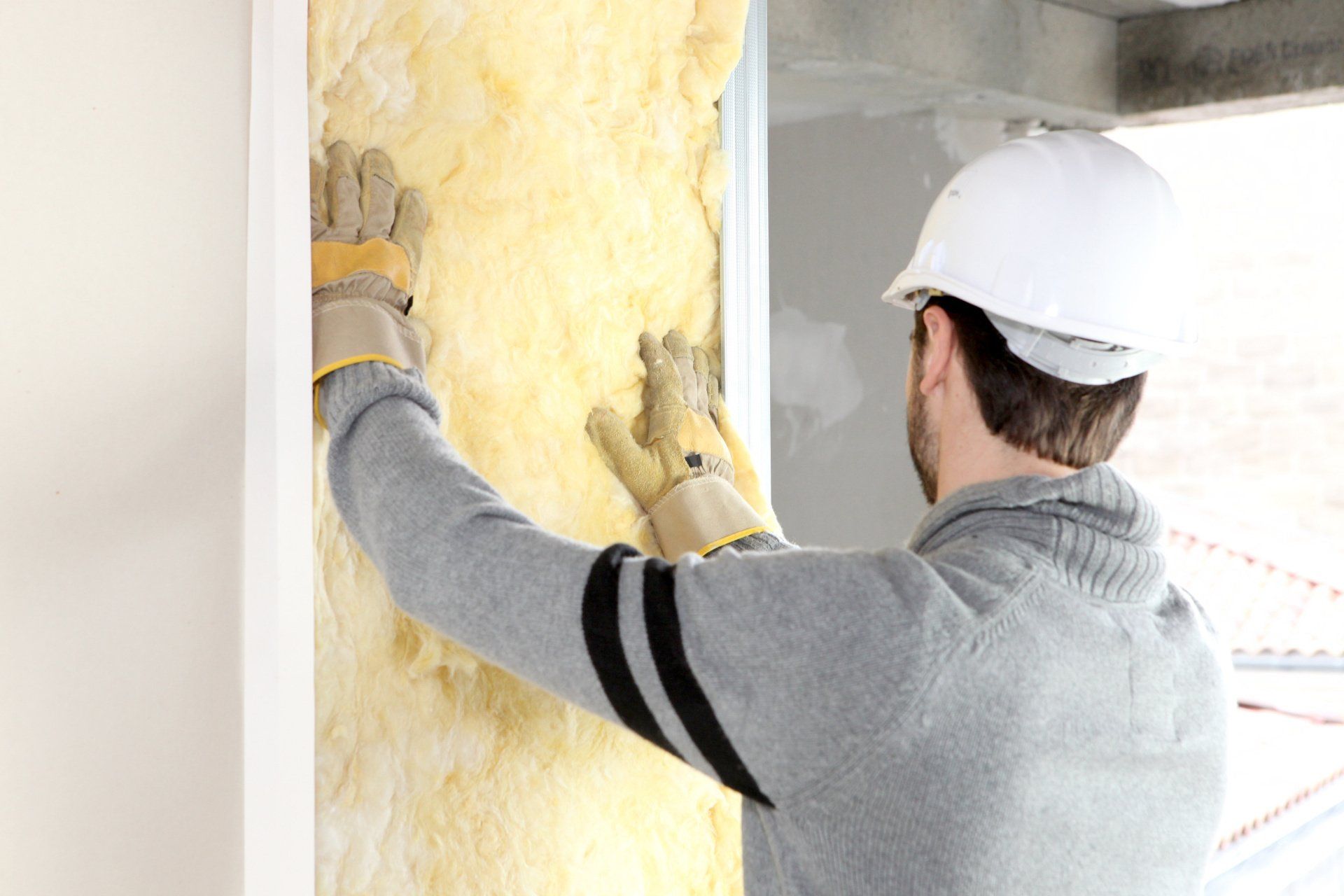
When it comes to creating a comfortable and energy-efficient home in Yukon, OK, one of the most effective solutions is fiberglass insulation. This versatile material has been a staple in the construction industry for decades, providing numerous benefits that enhance both the comfort and efficiency of homes. In this blog post, we'll explore the many advantages of fiberglass insulation and why it's a smart choice for homeowners in Yukon, OK. Energy Efficiency and Cost Savings One of the primary benefits of fiberglass insulation is its exceptional ability to improve energy efficiency. Yukon, OK, experiences a range of temperatures throughout the year, from hot summers to cold winters. Fiberglass insulation helps maintain a consistent indoor temperature by reducing heat transfer. During the summer, it keeps the hot air outside, and during the winter, it prevents heat from escaping. This means your heating and cooling systems don't have to work as hard, leading to significant energy savings. The reduction in energy consumption directly translates to lower utility bills. Homeowners can expect to see a noticeable decrease in their monthly energy costs, making fiberglass insulation a cost-effective investment in the long run. Additionally, many utility companies offer rebates and incentives for upgrading insulation, further enhancing the financial benefits. Enhanced Comfort Beyond energy savings, fiberglass insulation contributes to a more comfortable living environment. By maintaining a stable indoor temperature, it eliminates cold drafts and hot spots, ensuring that every room in your home remains cozy. This is particularly important in Yukon, OK, where the weather can be unpredictable. Whether it's a scorching summer day or a chilly winter night, fiberglass insulation helps keep your home comfortable year-round. Noise Reduction Fiberglass insulation also offers excellent soundproofing qualities. If you live in a busy neighborhood or near a noisy road, insulation can significantly reduce the amount of external noise that enters your home. This creates a quieter and more peaceful indoor environment, allowing you to relax and enjoy your space without the constant intrusion of outside sounds. Environmental Benefits In today's eco-conscious world, many homeowners are looking for ways to reduce their environmental footprint. Fiberglass insulation is an environmentally friendly option for several reasons. First, it is made from recycled materials, including glass and sand, which helps reduce waste and conserve natural resources. Second, by improving energy efficiency, fiberglass insulation decreases the amount of energy needed to heat and cool your home, leading to lower greenhouse gas emissions. Furthermore, fiberglass insulation in Yukon, OK, has a long lifespan, reducing the need for frequent replacements. Its durability ensures that it continues to perform effectively for many years, contributing to long-term sustainability. Fire Resistance Safety is a top priority for any homeowner, and fiberglass insulation offers an added layer of protection. Unlike some other insulation materials, fiberglass is non-combustible and does not contribute to the spread of fire. This fire-resistant property can slow down the progression of a fire, providing valuable time for occupants to evacuate and for emergency responders to arrive. In a region like Yukon, OK, where wildfires can pose a risk, having fire-resistant insulation adds an extra level of security to your home. Versatility and Ease of Installation Fiberglass insulation is available in various forms, including batts, rolls, and loose-fill, making it suitable for different applications. Whether you're insulating walls, attics, or crawl spaces, there is a fiberglass insulation product that fits your needs. Additionally, fiberglass insulation is relatively easy to install, which can reduce labor costs and installation time. For homeowners considering a DIY project, fiberglass insulation in Yukon, OK, is a practical choice due to its ease of handling and availability in pre-cut sizes. However, for optimal performance and to ensure proper installation, hiring a professional insulation contractor is recommended. Conclusion Fiberglass insulation offers a multitude of benefits for homes in Yukon, OK, ranging from improved energy efficiency and cost savings to enhanced comfort and noise reduction. Its environmental friendliness, fire resistance, and mold resistance make it a reliable and sustainable choice for any homeowner. Whether you're building a new home or upgrading your current insulation, fiberglass insulation is a wise investment that delivers long-term value and performance. By choosing fiberglass insulation, you're not only improving your home's comfort and efficiency but also contributing to a greener and safer environment. 4 Seasons Insulation offers top-notch fiberglass insulation services, ensuring homes in Yukon, OK, are energy-efficient and comfortable year-round. Our expert installation provides superior thermal performance, noise reduction, and long-term cost savings.
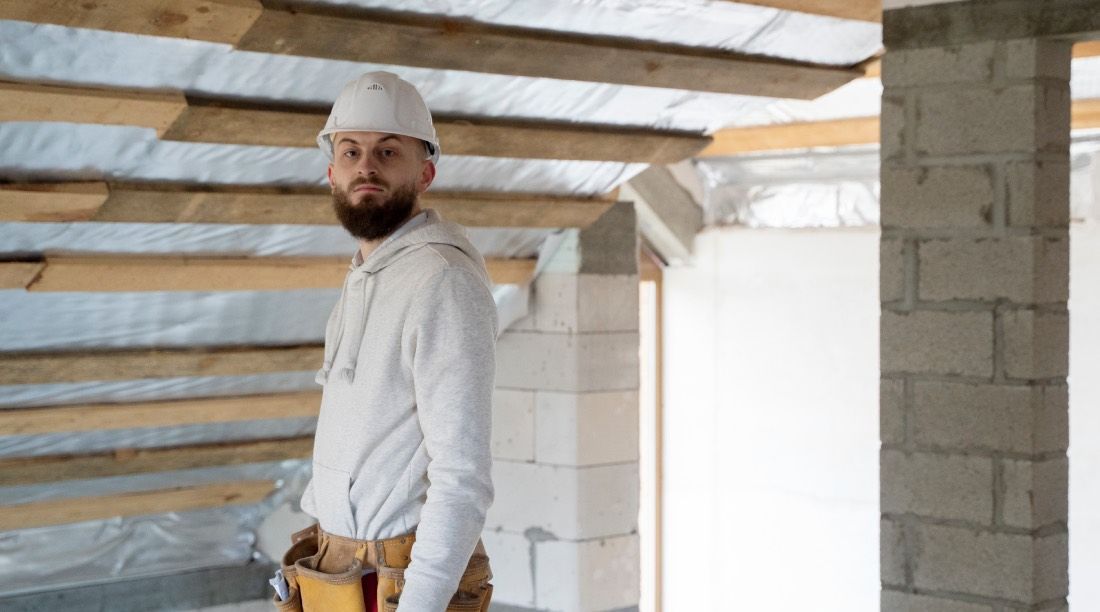
As homeowners in Yukon, OK, know all too well, the climate can be quite varied throughout the year, from scorching summers to chilly winters. One often-overlooked yet crucial aspect of maintaining a comfortable home year-round is ensuring your attic is properly insulated. Attic insulation not only enhances indoor comfort but also plays a significant role in energy efficiency and cost savings. Here’s why investing in proper attic insulation in Yukon, OK is essential for homeowners. 1. Energy Efficiency and Cost Savings Proper attic insulation acts as a thermal barrier, preventing heat transfer between your home and the outside environment. During the hot summers in Yukon, OK, insulation helps keep cool air inside, reducing the workload on your air conditioning system and lowering energy bills. In winter, it prevents heat from escaping through the roof, thereby reducing heating costs. By maintaining a consistent temperature inside your home, attic insulation helps you save money on energy bills throughout the year. 2. Enhanced Indoor Comfort Attic insulation contributes significantly to maintaining a comfortable indoor environment regardless of the season. In the scorching heat of Yukon's summers, insulation keeps your home cooler by minimizing heat gain from the roof. Conversely, during the colder months, it helps retain heat inside, ensuring that your living spaces remain cozy and warm. This insulation barrier also reduces drafts and uneven temperatures, creating a more comfortable living environment for you and your family. 3. Protection Against Moisture and Condensation In addition to regulating temperature, attic insulation plays a crucial role in preventing moisture buildup and condensation. Proper insulation helps maintain balanced humidity levels inside your home, reducing the risk of mold and mildew growth. This is particularly important in climates like Yukon, OK, where humidity levels can fluctuate seasonally. By minimizing moisture infiltration, attic insulation helps preserve indoor air quality and protects the structural integrity of your home.

Spray foam insulation is a versatile solution for enhancing energy efficiency and comfort in residential and commercial buildings. With various types available, it's essential to understand their differences and applications to make informed decisions for insulation projects. In this comprehensive guide, we'll delve into the different types of spray foam insulation, their characteristics, benefits, and ideal usage scenarios. 1. Open-Cell Spray Foam Insulation Open-cell spray foam insulation is a lightweight material composed of tiny cells that are not completely closed. These cells are typically filled with air, which gives the foam its spongy texture and flexibility. Here are key points about open-cell spray foam insulation: Characteristics: Lower density compared to closed-cell foam. Expands to fill in gaps and crevices, providing effective air sealing. Offers sound dampening properties due to its softer texture. Benefits: Cost-effective option for insulation projects. Ideal for interior applications such as walls, attics, and crawl spaces. Allows moisture vapor to pass through, preventing moisture buildup. Applications: Interior walls Attics Crawl spaces Soundproofing applications 2. Closed-Cell Spray Foam Insulation Closed-cell spray foam insulation consists of densely packed cells that are completely sealed, providing a rigid and durable insulation barrier. Here's what you need to know about closed-cell spray foam insulation: Characteristics: Higher density and compressive strength compared to open-cell foam. Provides superior thermal resistance and air barrier properties. Acts as a moisture barrier, preventing water infiltration. Benefits: Excellent thermal insulation performance, making it suitable for climates with extreme temperatures. Adds structural integrity to buildings, strengthening walls and roofs. Offers superior resistance to water and moisture, reducing the risk of mold and rot. Applications: Exterior walls Roofing systems Foundations Areas prone to flooding or high moisture levels
